The first Buddhist temple in China was constructed here in SiChuan province in the 1st century A.D. The addition of other temples has turned Éméi Shān into one of Buddhism's holiest sites and is one of the four sacred Buddhist mountains of China.
All in all, there are now seventy six Buddhist temples and monasteries, most of them located near the mountain top.
The first two films focus on the most well-known - the Golden Summit and the 48 meters tall statue of Samantabhadra, known in Mandarin as PǔXián PúSà 普賢菩薩.
[640],shadow=true,start=10,stop=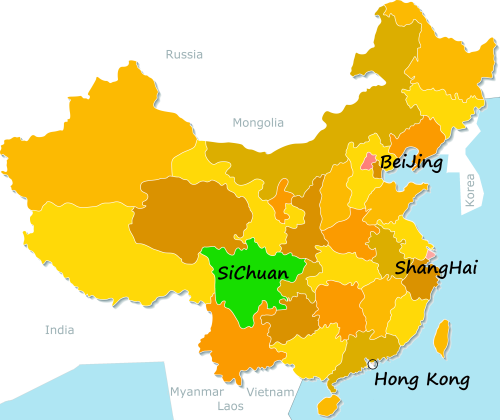
 Beautiful Mount EMei (EMeiShan 峨眉山) from the air
Beautiful Mount EMei (EMeiShan 峨眉山) from the air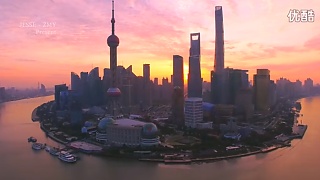




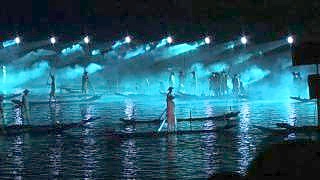

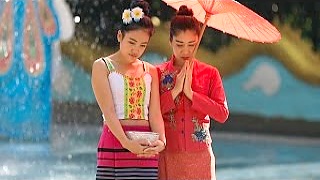



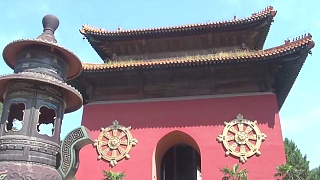
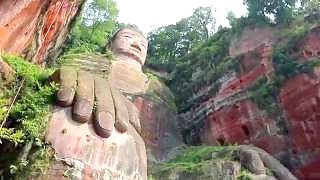
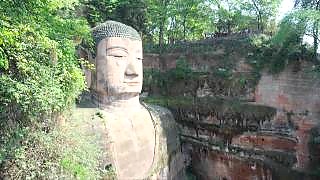
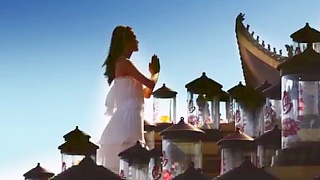
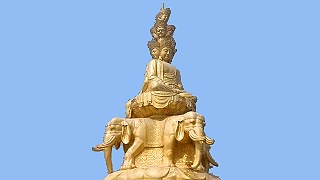
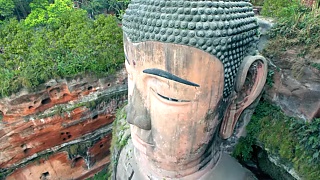
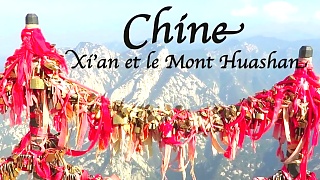
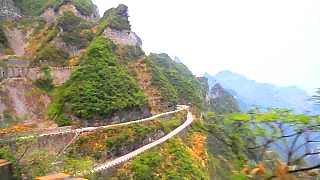

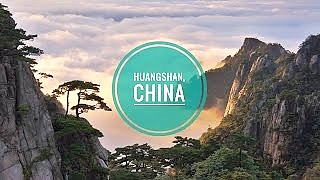


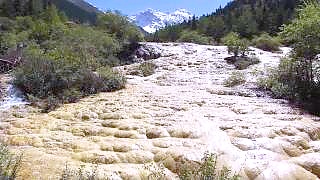
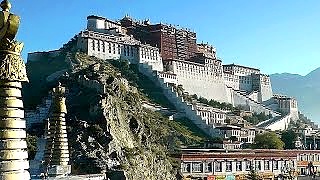


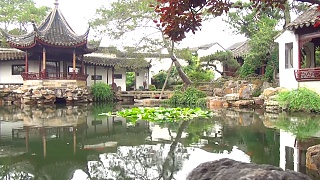

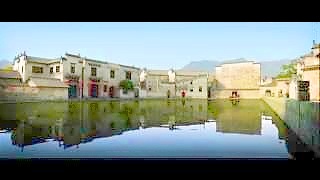

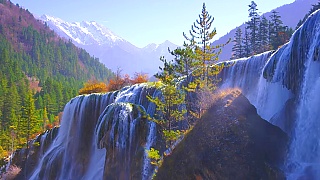

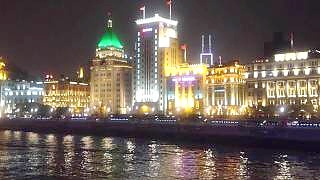




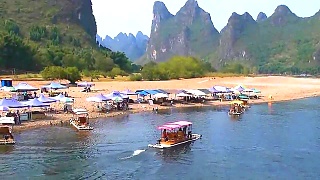

![[xvideo v=QRafITNPXIE][xvideo v=JKkr9qgsRNc] Awesome SiChuan 四川 province](https://img.youtube.com/vi/fZ3NVtIeYW0/mqdefault.jpg)